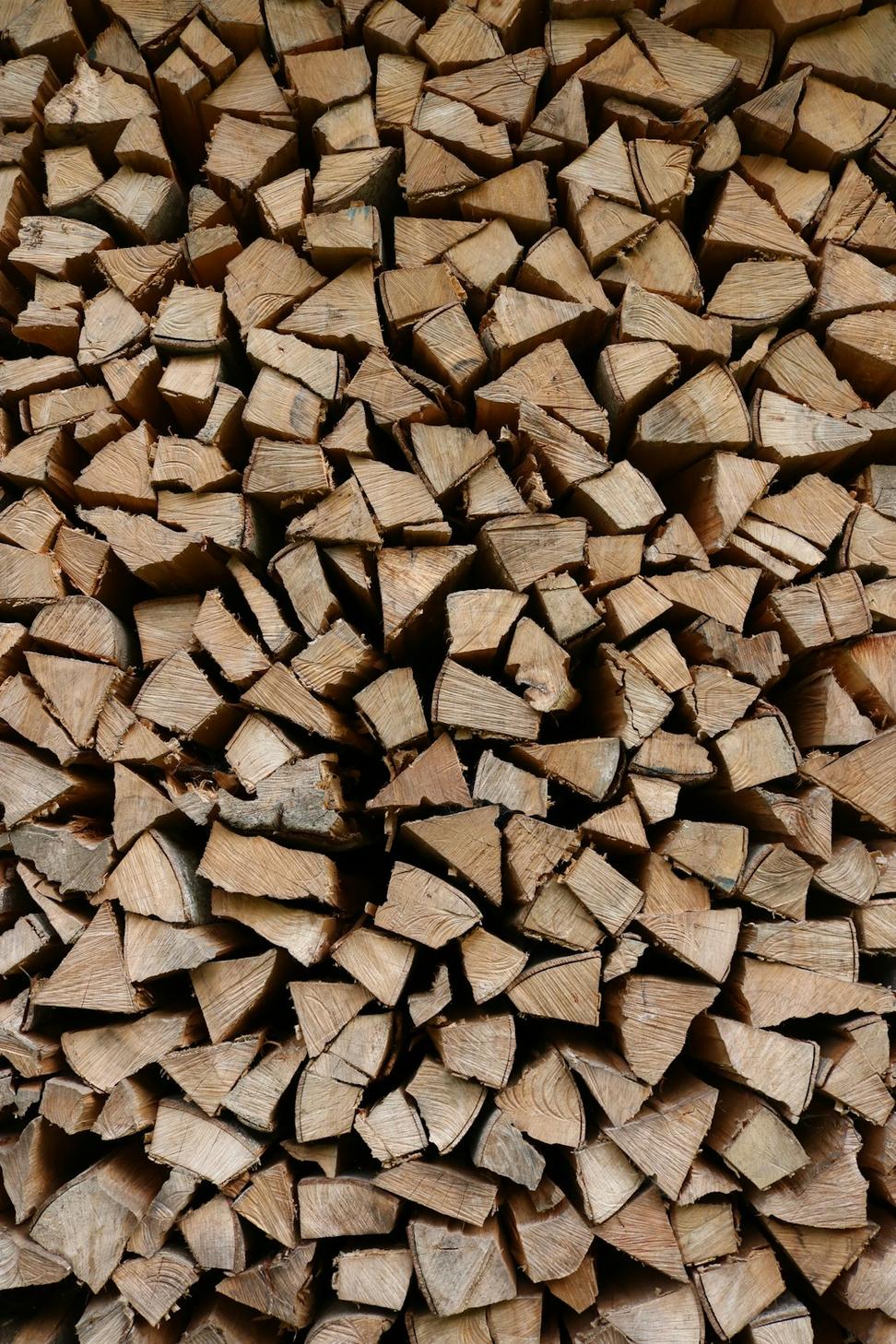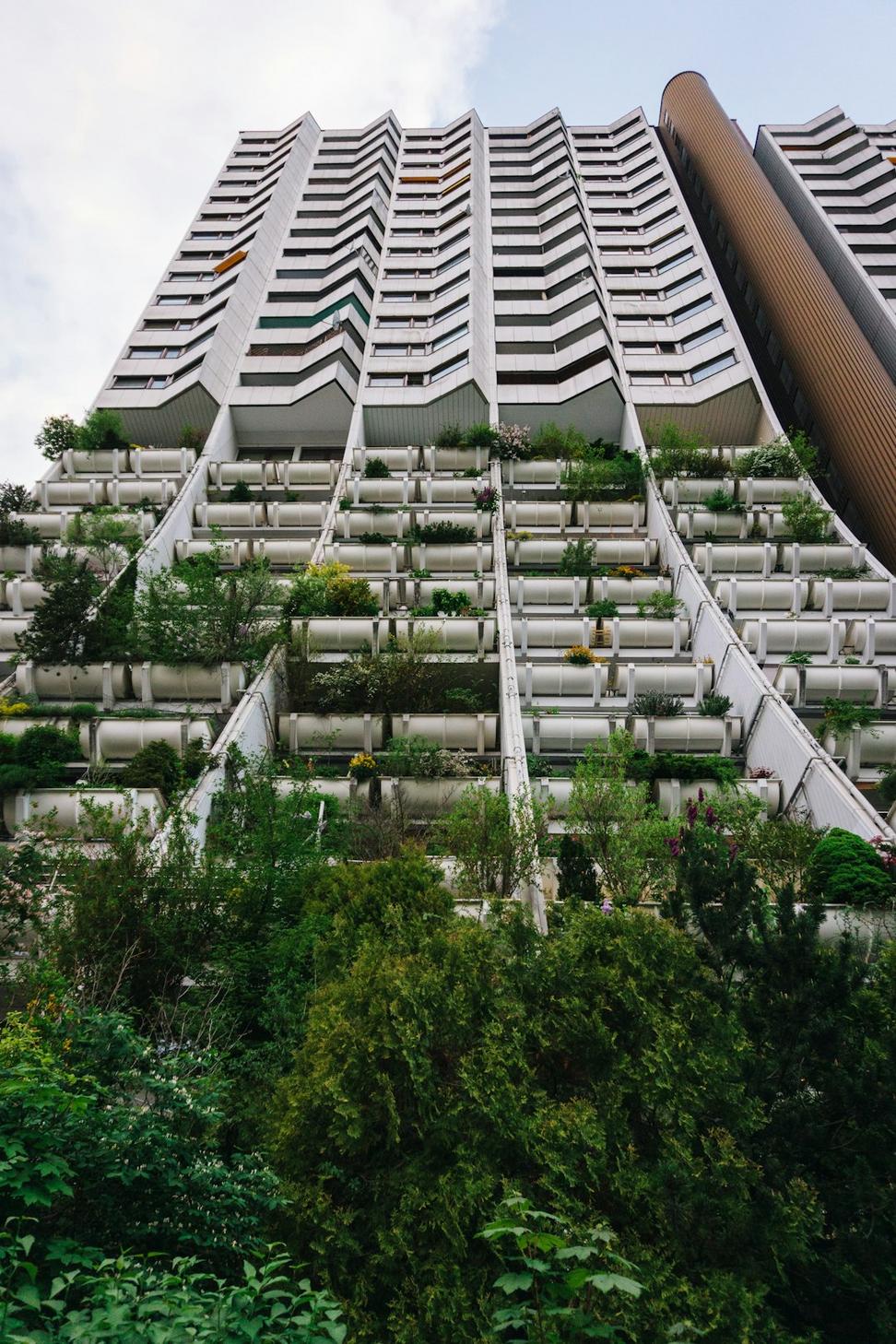Project Deep Dives
Here's what actually happened when we put theory into practice
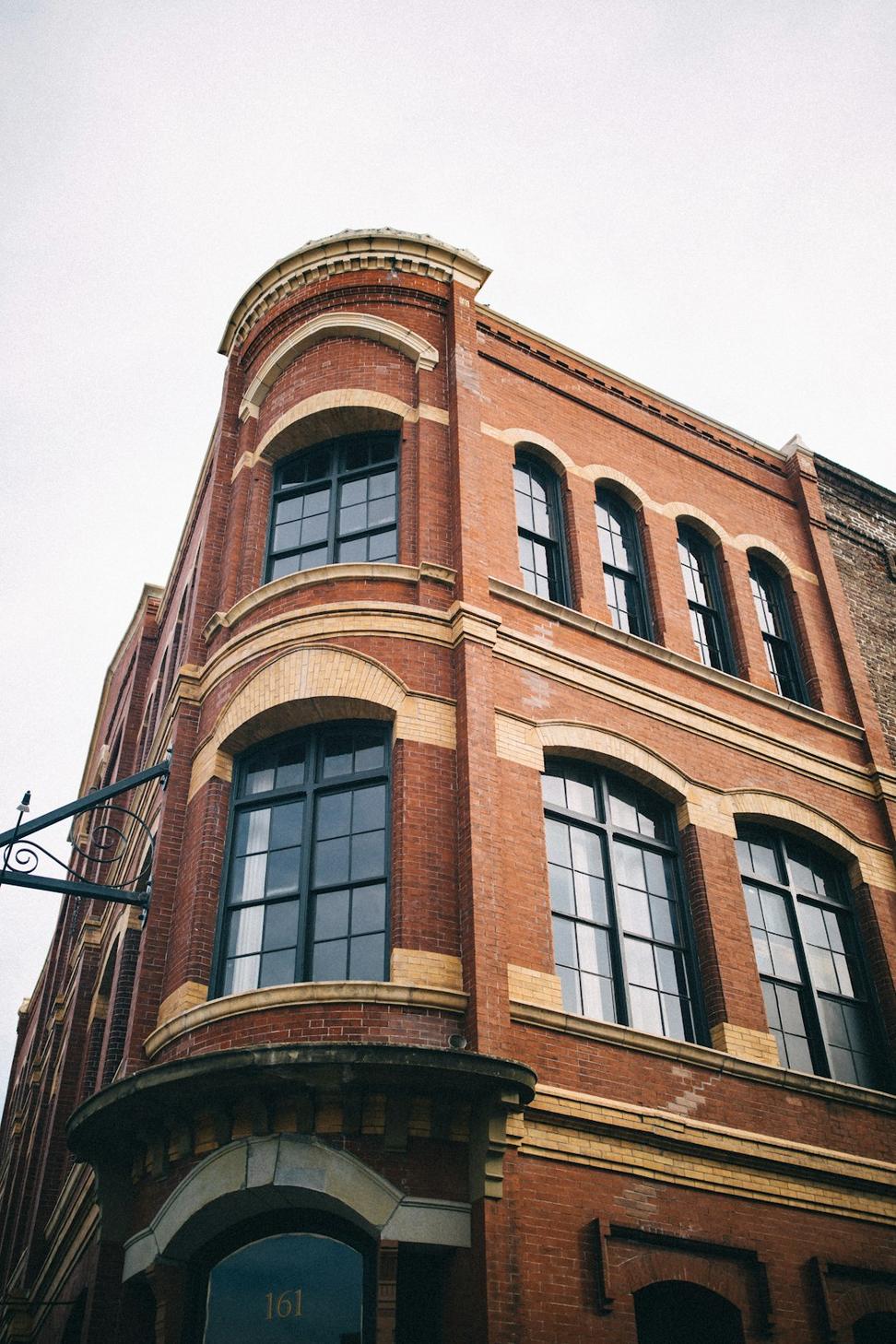
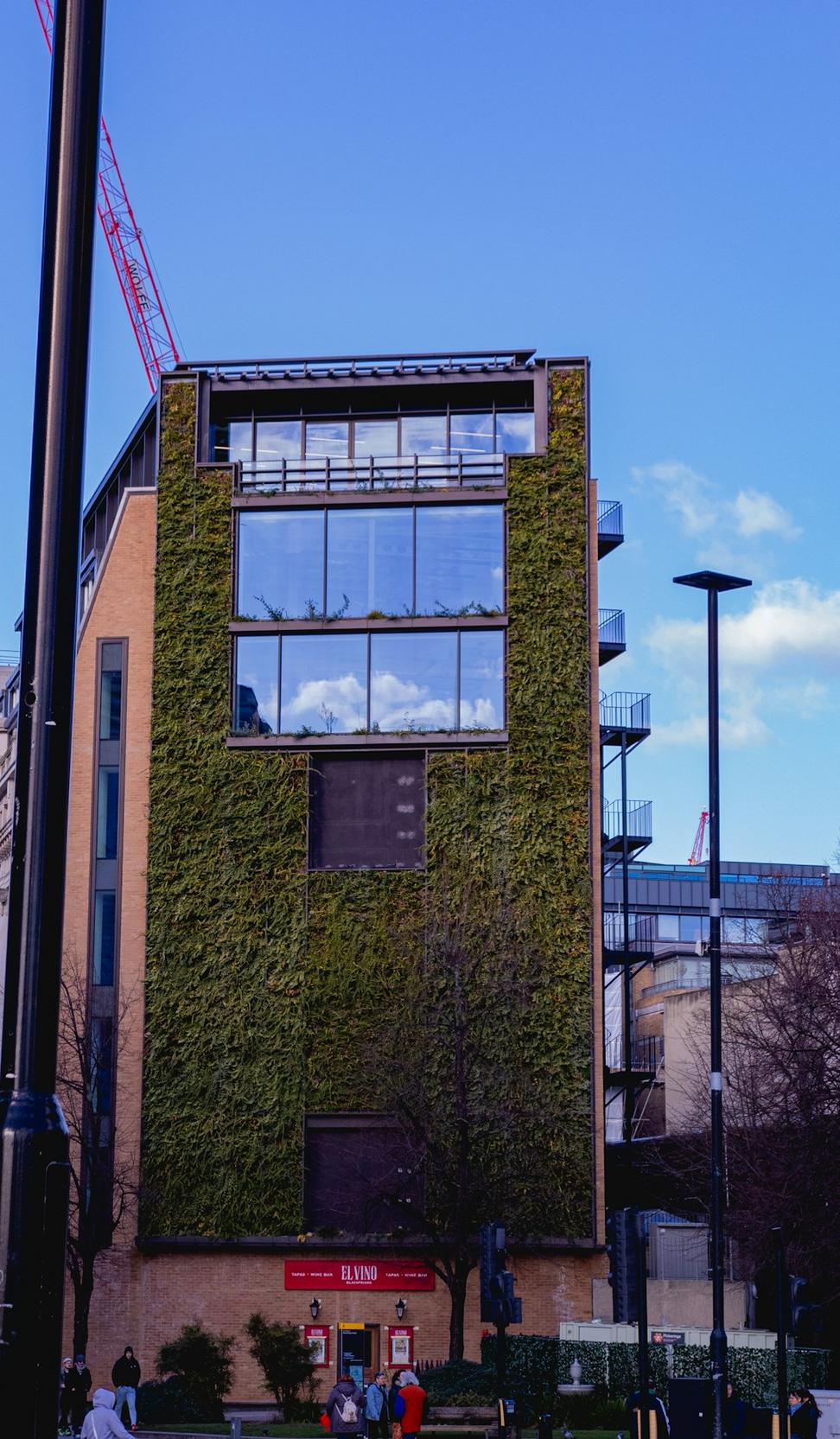
Richmond Street Office Complex
Timeline: March 2021 - November 2022
The Challenge
This 1970s office building was basically hemorrhaging money. Single-pane windows, ancient HVAC that sounded like a jet engine, and insulation that might as well have been newspaper. The owners were contemplating a complete tear-down, but we saw potential.
What We Actually Did
- ✓ Installed triple-glazed curtain wall system (yeah, it was expensive, but worth it)
- ✓ Replaced roof with cool membrane + 250kW solar array
- ✓ Upgraded to VRF mechanical system with heat recovery
- ✓ Added automated external shading on south facade
- ✓ Rainwater harvesting for irrigation and toilet flushing
- ✓ LED lighting with occupancy sensors throughout
Technical Results
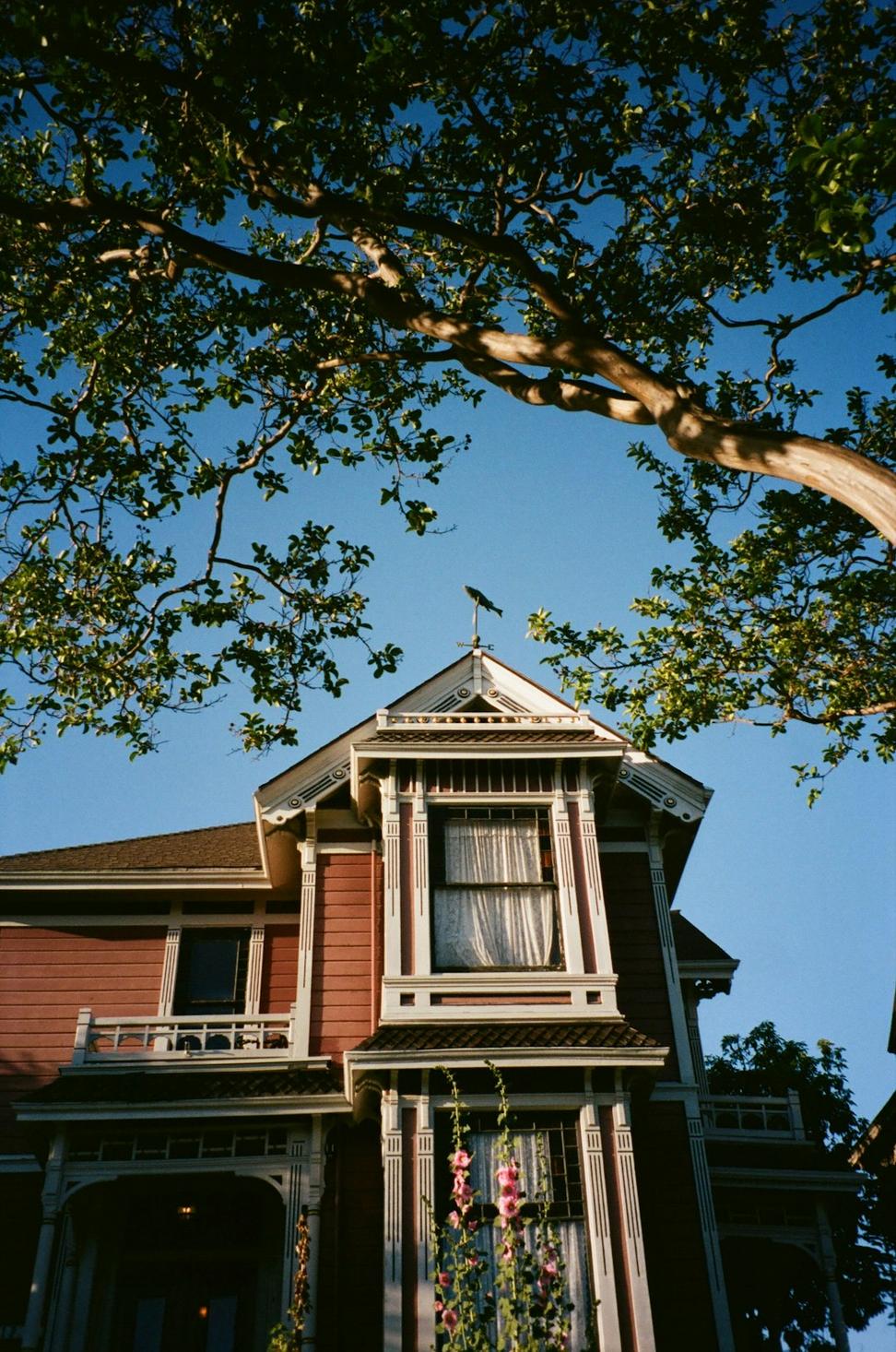
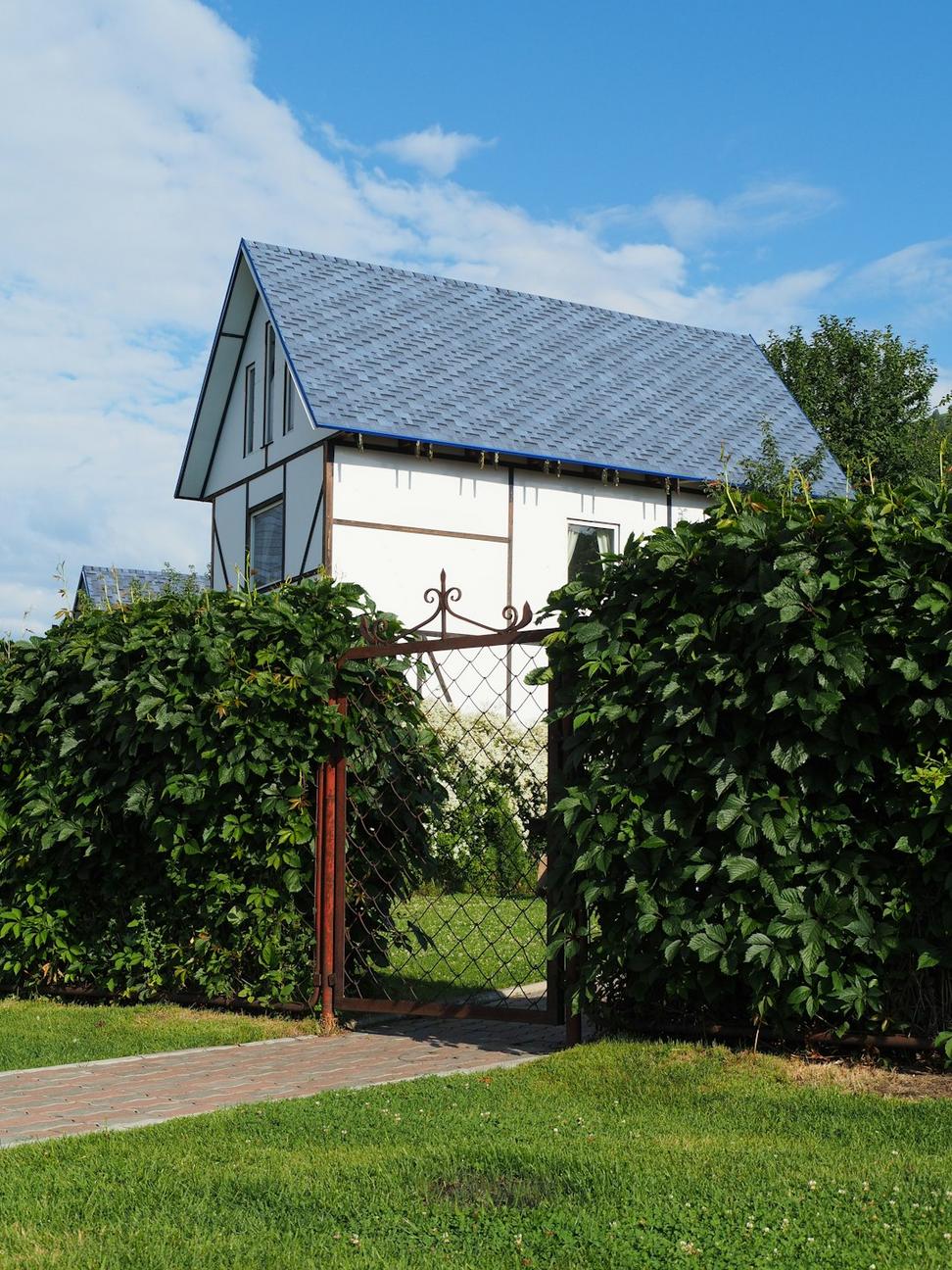
Rosedale Net-Zero Home
Timeline: June 2020 - April 2021
The Story
Family of four wanted to stay in their heritage neighborhood but couldn't stomach the heating bills anymore. The old Victorian had charm for days but zero thermal performance. We had to work within strict heritage guidelines while basically rebuilding everything you couldn't see.
Our Approach
- ✓ Preserved original facade (heritage board requirement)
- ✓ Spray foam insulation in all exterior walls (R-40 where we could fit it)
- ✓ Ground-source heat pump for heating/cooling
- ✓ Triple-pane windows matching original profiles
- ✓ 8.5kW rooftop solar (hidden from street view)
- ✓ HRV system for ventilation without energy loss
- ✓ Reclaimed wood flooring throughout
Performance Metrics
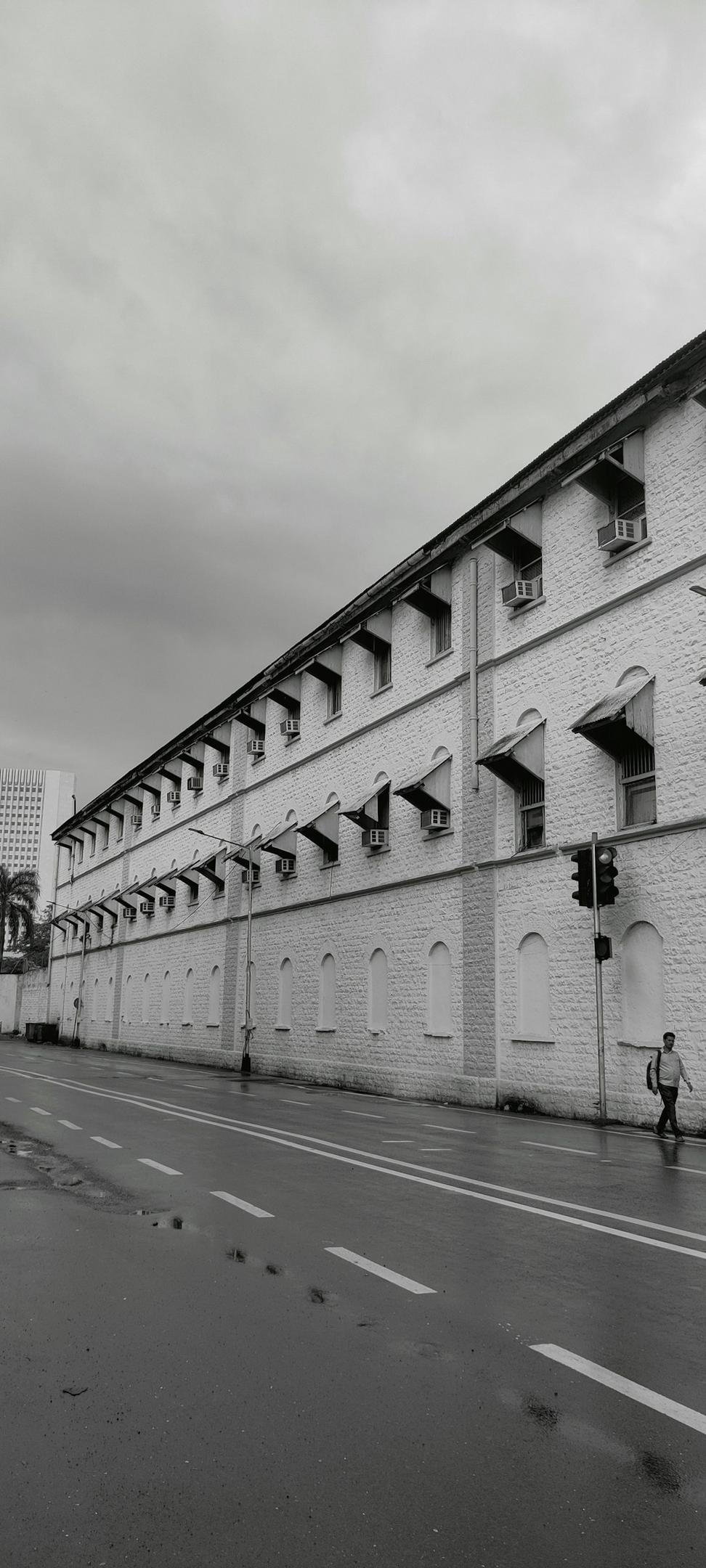
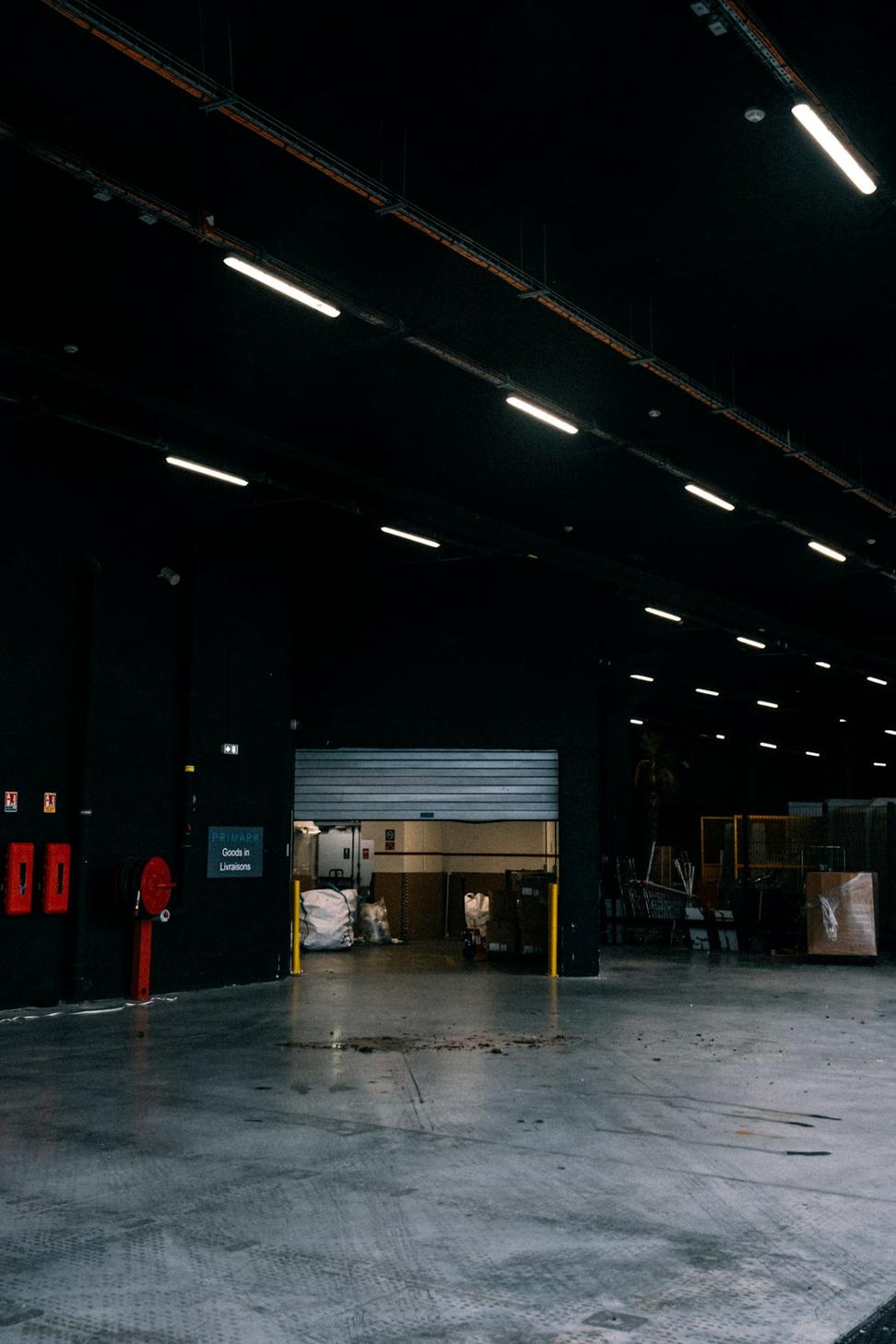
Liberty Village Warehouse Conversion
Timeline: September 2019 - August 2020
What We Were Up Against
Converting a 1920s industrial warehouse into modern residential lofts sounds cool until you realize there's literally no insulation, the windows are broken, and the roof leaks in like six places. But the bones were solid, and tearing it down would've been a waste of all that embodied carbon.
Key Interventions
- ✓ Kept existing brick and timber structure (saved tons of demo waste)
- ✓ Interior insulation on exterior walls (R-30)
- ✓ New high-efficiency windows in original openings
- ✓ Radiant floor heating throughout
- ✓ Green roof with native plant species
- ✓ Greywater system for landscape irrigation
- ✓ Daylighting maximized through new skylights
